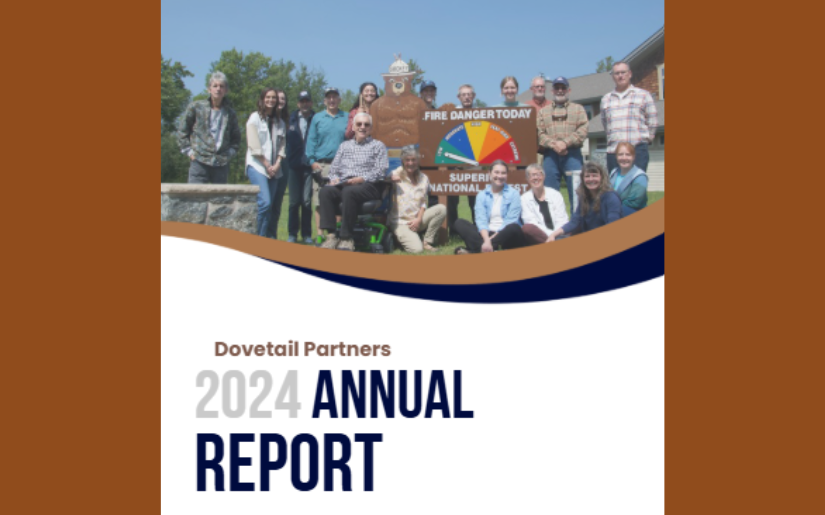Biochar is a term for charcoal which is used for biological ends, as opposed to heat. It is most commonly used as a soil amendment, but has significant potential as a way to sequester carbon long-term and may be a lower-cost alternative to activated carbon. South American civilizations used biochar for intensive agriculture at least 8000 years ago and recent research shows that some of it is still in the soils. Despite this long history and success in increasing soil carbon, biochar remains little used in modern agriculture. Biochar’s chemistry varies depending on the feedstock used and the specific processing conditions used to create it. That variability, combined with the complexity and variability of soils in general, makes biochar as a soil amendment more challenging to use than modern homogeneous fertilizers and other amendments.
There is considerable research ongoing world-wide aimed at exploiting biochar’s demonstrated success in the Amazon Basin, but this research is largely focused on narrow applications or specific benefits such as increased water retention or making nutrients more available over time. With the need for global carbon sequestering strategies, further research into the wide-scale uses of biochar as a soil amendment and as a toxin adsorbent are needed, as well as quantification of its carbon sequestration capability.
Biochar is a product with clear benefits, but with many questions yet to be answered. It is a value-added product made from low value feedstocks. The feedstocks for biochar are renewable natural resources but produce varied chemistries. Biochar’s history of soil improvement is unmatched in terms of longevity, but the mechanism of its success is difficult to apply broadly. Biochar sequesters carbon; however, the precise balance depends on many variables. Despite the length of time biochar has been used beneficially, it remains a largely unknown product commercially.
Considerable research remains to be done to understand how biochar is produced and how it works. Yet in a period now where every carbon sequestration opportunity is being explored, biochar’s time may have come again.
The work upon which this publication is based was funded in whole or in part through a grant awarded by the Wood Education and Resource Center, Northeastern Area State and Private Forestry, Forest Service, U.S. Department of Agriculture.
In accordance with Federal law and U.S. Department of Agriculture policy, this institution is prohibited from discriminating on the basis of race, color, national origin, sex, age, or disability. To file a complaint of discrimination, write USDA Director, Office of Civil Rights, Room 326-W, Whitten Building, 1400 Independence Avenue, SW, Washington, DC 20250-9410 or call (202) 720-5964 (voice and TDD). USDA is an equal opportunity employer.
- Lead AuthorGroot
- DateMarch 2016
- CategoryAgriculture, Biochar, Carbon, Environmental, Forest products, Forestry, Soil, Wood
- Project FileDownload

.png)
.png)



